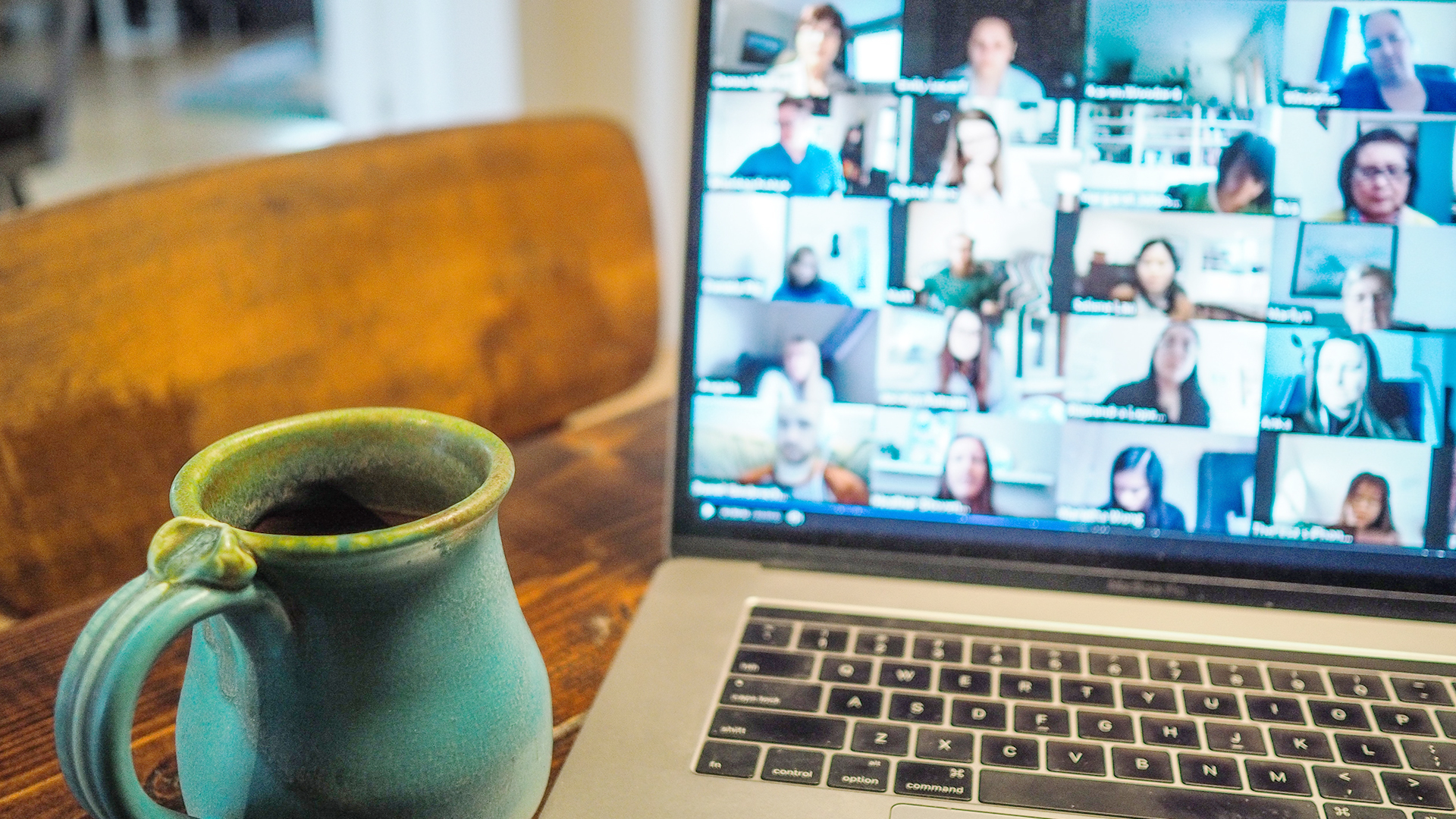Published by
Technology is typically associated with the lifestyle of young people who spend too much time connected to their phones, travel around frequently and find ways to make their own lives easier by living what we often refer to as the “connected lifestyle.” But what works well away from home can also work when you’re isolated at home.
In a time like this, many users are working from home, and while this may not be the norm in the future, it’s important to find ways to adapt to this norm now — for the sake of those who may find themselves in a similar situation down the road and for the sake of improving our processes overall in the long run.
Take the following industries — and isolation-focused adaptations — for example:
Food Delivery
Mobile ordering was originally launched as a way to help cut down the wait time at dining locations, but now we see that it is easy to transition the same ordering capabilities to a delivery service. Although not trivial, adding a delivery location and charge is only an incremental change on top of the menu and scheduling pieces that had to exist regardless.
Supporting multiple delivery locations on your profile, or suggesting prior addresses like Amazon does with their orders, would make it easier to order food for your family members that may have trouble getting out — or for that friend who just had a baby who you’d love to visit. Support for simultaneous orders would mean you could have a videoconference meal together and rave about the local eatery while still keeping your distance.
Games And Entertainment
Digital content, both games and video, has been available through mobile devices for some time, but the advantage of everyone in the house being able to stream at the same time is even more critical when the whole family can’t leave for entertainment outside the home. Supporting more types of devices feels like a heavy lift when you assume only one or two people in a household will be using your service at once, but when everyone is home, all the screens can be in use at the same time, and that old device no one has touched in a couple of years is pulled into active duty.
Enjoying content together is a real differentiator. Simultaneous streaming of on-demand content allows that feeling of hanging around the TV watching a movie together, even if you’re apart. Some enterprising individuals have implemented this for Netflix on their own with a Chrome extension.
E-Learning
Independent, customized, self-paced learning has been possible for some time, but there wasn’t much opportunity to try it at a large scale. Apps like Duolingo provide flexible, gamified learning that works on the go, but also works at home with focused study.
Services should think about how they handle more dedicated sessions, as well as the bite-sized interactions that they may initially optimize for. How would you supplement the learning with additional content for those who might need to hear it explained a different way? With language apps becoming more common as a replacement for language teachers, we’re seeing a huge shift in self-paced learning.
Telemedicine
Whether in a health pandemic or not, telemedicine is seeing a huge ROI through lower costs and faster, more convenient service. Although certainly no replacement for in-person visits, it can provide a valuable service for common issues that are handled through self-care.
Although prescreening questions are helpful, dynamic versions that dig into specific issues could be even more beneficial. If someone says they have a fever, ask about the severity and duration. During flu season, ask some questions that could confirm or rule out that diagnosis. Gathering baseline metrics several weeks after treatment, and throughout the year, would be beneficial for detecting anomalies — especially if the records could be shared across partners, or at least within the same network.
The Internet Of Things
Smart devices permeate our homes, and automation and alerts from any activity are becoming the norm. Doorbells announce a delivery, and garage doors announce departures. Cameras monitor fur babies and furless babies.
Sharing access to these devices with a “circle of trust” makes it easier for a group to monitor a single location. The security concerns around these devices are paramount, so limiting access to everyone outside the circle is critical.
Fitness
The mobile revolution obviously brought better mobile tracking through apps and later wrist-mounted computers that could measure your activity passively, but also encourage good behavior. When working from home, it’s easier to become even more sedentary, with all work activities happening in a single room, and relaxing is often done within sight of that spot.
Social aspects of this should be prioritized — to help connect and encourage people to stay active. Positive peer pressure through automatic sharing of your activity means that people aren’t able to hide, and we can hold each other accountable for good habits. Integration with social platforms should be seen as a way of amplifying the reach, not diluting the brand by leaving the walled garden you may have wanted to create.
It’s A Matter Of Accessibility
It’s certain that any sort of discussion around the connected lifestyle should include at least one use case where the user is at home — and how we should optimize for that scenario moving forward. This, outside of our current crisis, is a great way to create a more accessible app for those who are homebound all the time. When pursuing this use case, consider the following:
…¢ Look at the home as a primary use location.
…¢ Looking into letting users share their experience with friends remotely.
…¢ Focus on experiences with a long duration.
As is often the case, building for one constraint leads to improvements for many. If we all push ourselves to make improvements, we can work toward a better tomorrow, whether isolated or not.
Share:
Categories
tags
Related Posts


The Great Big Budget Cut: Prioritization


